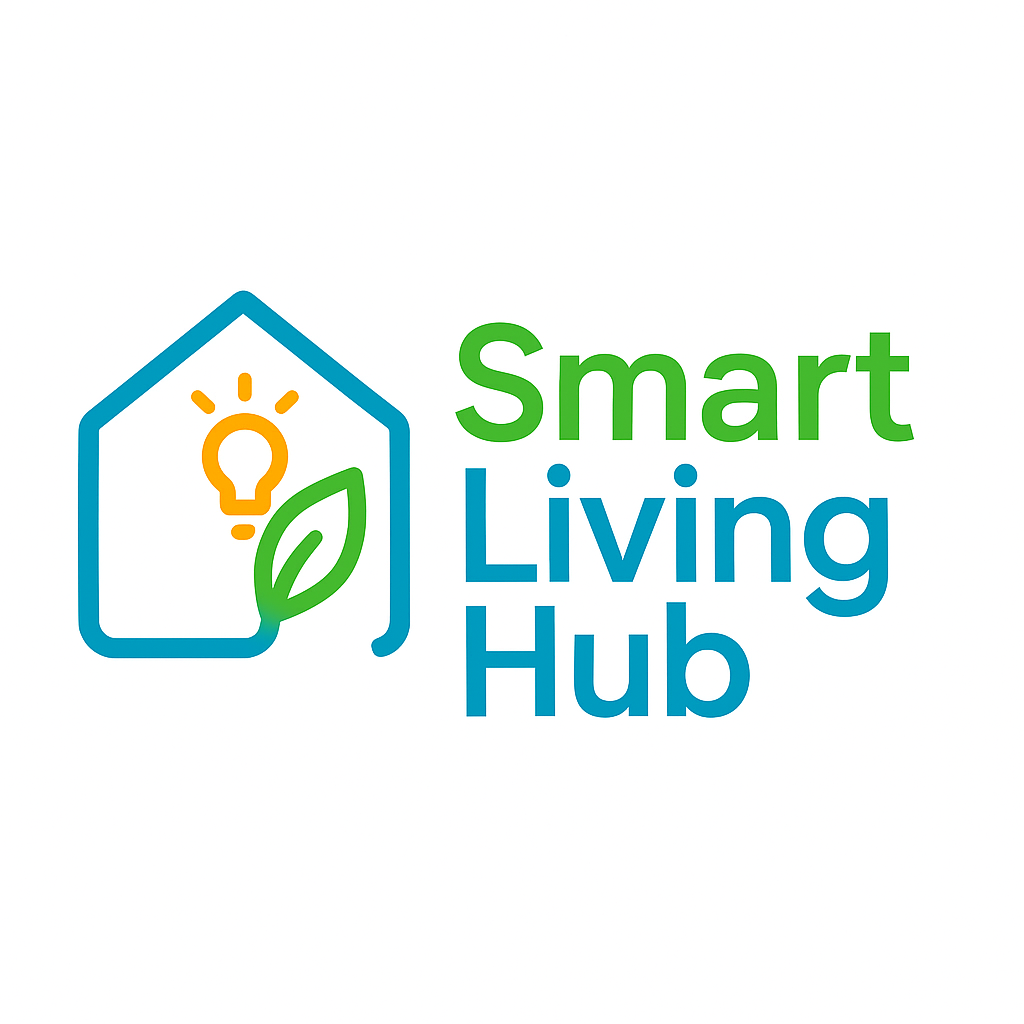Looking for effective ways to embrace frugal living in 2025, aiming to save money without compromising on quality, and cultivate a more purposeful lifestyle? Many are seeking similar paths. This year, with evolving costs and advanced digital tools, it’s increasingly feasible to spend smarter, live richly, and discover greater satisfaction in every decision.
Why Frugal Living Makes Sense in 2025
Across the U.S., inflation has led to record high grocery and housing prices, alongside unpredictable energy costs. Despite these challenges, Americans now have unprecedented access to digital tools, smarter home technology, and thriving secondhand markets.
Intentional spending, which prioritizes value and sustainability, has become more than just a financial necessity. It now represents a practical path toward an affordable and fulfilling lifestyle for many.
Technology has transformed how we approach saving, making it easier to discover deals, automate positive habits, and connect with valuable community resources. Frugal living today is not about deprivation; it’s about living well with less, by harnessing the right strategies for significant savings.
Top Frugal Living Strategies for 2025
Begin your journey with these eight updated strategies to save thousands this year. You can achieve substantial savings without compromising on quality or your comfort.
Smart Shopping Habits: Buying for Value
The cornerstone of lasting savings is choosing quality over sheer quantity. Instead of chasing every fleeting sale, evaluate purchases by their cost per use, and wisely invest in durable items that stand the test of time.
Store brands often provide comparable or superior quality to leading brands, but at a fraction of the cost, especially for groceries and everyday basics. For items like furniture, clothing, or specialty goods, “secondhand” doesn’t equate to “second-rate.”
Platforms such as Buy Nothing groups, local thrift stores, and various online marketplaces can unlock incredible deals on high-quality, barely-used items. This approach allows you to acquire valuable goods while adhering to a frugal mindset.
Smart Technology & Digital Tools: Automate Savings
Regularly audit your subscriptions using expense trackers like Truebill or Rocket Money. You might be surprised by how much unused streaming, gaming, or app fees are silently draining your budget each month.
Utilize AI-powered grocery and meal planning applications, such as Too Good To Go and Flashfood, to significantly reduce food waste. These tools also help you secure groceries at prices you might not have thought possible.
ChatGPT, for example, can even generate weekly meal plans specifically tailored to the ingredients already in your pantry and your favorite culinary preferences. This innovative approach saves both time and money.
Do not overlook the powerful capabilities of smart home technology. Devices highlighted in our guide, Essential Smart Home Gadgets that save money, can automate temperature control, lighting, and even shut down unused electronics automatically.
For the very latest technology-driven savings, discover how to leverage AI for substantial savings within modern homes. These intelligent solutions empower you to manage your resources more efficiently.
Meal Planning & Groceries: Eat Well for Less
Batch-cooking, preparing freezer meals, and planning for intentional leftovers are excellent ways to reduce both food costs and your time spent in the kitchen. Consider buying more frozen or canned produce options.
These alternatives are nutritious, possess a longer shelf life, and effectively stretch your grocery budget further. Food-sharing and last-chance discount apps can also help you acquire high-quality ingredients affordably.
For fresh recipe inspiration and further savings, explore our Budget-Friendly Meal Prep ideas. Yes, crafting delicious dinners for under $5 per serving is entirely achievable with smart planning!
Utilities & Home Expenses: Cut Costs, Not Comfort
Switching to energy-efficient LED bulbs, using smart plugs, and running large appliances during off-peak hours can dramatically reduce your monthly electric bill. Many U.S. utility providers even offer valuable rebates for energy-efficient upgrades.
For laundry, consider air-drying clothes or utilizing a dehumidifier instead of relying on a costly electric dryer. Before contacting a repair professional, check out YouTube tutorials; mastering minor fixes yourself can save hundreds over time.
Upgrade your living space affordably with Eco-Chic Home ideas. Learn how stylish decor can simultaneously boost both energy efficiency and comfort within your residence.
Alternatively, delve deeper into 7 Smart Energy-Saving Habits for a Greener 2025 to further significantly reduce your household utility bills. These practical habits contribute to both savings and environmental well-being.
Transportation & Fuel: Move Smarter, Pay Less
The costs associated with commuting can accumulate rapidly. Use applications like GasBuddy to efficiently locate the lowest fuel prices in your immediate vicinity. This simple habit can lead to noticeable savings.
Consider carpooling with colleagues or friends, integrating biking into your routine, or optimizing your daily routes to conserve fuel and reduce vehicle wear and tear. Public transit or discounted ride-sharing passes also cut costs.
These alternatives are especially beneficial in urban areas where parking fees and insurance premiums tend to be significantly more expensive. Smart transportation choices align perfectly with a frugal lifestyle.
Personal Finance Habits: Set and Forget (the Right Way)
Automate your savings by adopting the “pay yourself first” principle. Arrange for a portion of each paycheck to be directly deposited into your savings or retirement accounts before you budget the remainder.
When decluttering, meticulously track any donations you make and items you sell. This can generate extra cash and potentially offer tax benefits. Regularly review and renegotiate your phone, insurance, or cable plans.
Loyalty often doesn’t pay as much as being a savvy consumer willing to explore better options. A periodic review ensures you’re always getting the best value for your essential services.
Minimalism & Mindset: Less is (Truly) More
Embrace the principles of minimalism: declutter your home and wardrobe, focusing only on items you regularly use or genuinely love. This practice streamlines your physical space and offers opportunities.
You can gift, donate, or sell items you no longer need, contributing to both a tidier home and potential financial gains. Practicing gratitude—reflecting on what you already possess—can help reduce impulse spending.
Gratitude also helps you effectively differentiate between genuine needs and mere wants, fostering a more mindful consumption approach.
Lifestyle & Entertainment: Free or Low-Cost Joys
Consider embarking on a “no-buy” challenge or dedicating a “low-buy” month. These experiments can reveal hidden spending patterns and help reframe your personal priorities around consumption and entertainment.
Opt for more home-based entertainment options. Take full advantage of local libraries, public parks, or free community events. Swap expensive streaming services for a digital antenna, offering free over-the-air channels.
For more culinary enjoyment without significant cost, explore our guide, Master Your Kitchen: 5 Must-Have Tools for Quick & Easy Everyday Recipes. Delicious meals are easily achievable!
Saving Thousands: Real-Life Examples and Case Studies
Let’s illustrate how these strategies translate into real-world savings. Consider a family of four: by consistently switching to store brands, meal prepping with delicious dinners under $5, and using smart technology to manage energy consumption.
This family can save over $200 monthly on just food and utilities. When they add a thorough subscription audit and renegotiate their phone and internet bills, that’s an additional $600 saved each year.
A recent graduate, dedicated to minimalism and utilizing money-saving smart home gadgets, successfully reduced living expenses by over $3,000 annually. This significant sum was then redirected toward student loan payments and investments.
Even seemingly minor changes can compound dramatically. For instance, swapping just three restaurant meals per week for home-cooked batches can realistically save approximately $1,560 over the course of a year.
Quality vs. Cost: The Art of Smart Tradeoffs
The key to successful frugal living in 2025 lies in understanding when to invest more and when to thoughtfully scale back. Prioritize durable, repairable products; this approach is often more economical and environmentally friendly in the long term.
Avoid the common pitfall of purchasing ultra-cheap goods that frequently break down. Over time, these seemingly inexpensive items will ultimately cost you more in replacements and frustration.
Trusted brands, valuable secondhand finds, and community sharing initiatives form a comprehensive strategy that consistently prioritizes genuine value. This mindful approach ensures quality remains a focus.
Utilize reputable review sites, local online forums, and your personal network to determine which specific items genuinely warrant a higher investment. Informed decisions are crucial for smart tradeoffs.
Prioritize comfort and sustainability within high-use categories such as shoes, beds, essential kitchen tools, and electronics. Investing in these areas often provides significant returns in terms of your overall quality of life.
Curious about balancing cost and value within your home? Our tips on stylish decor ideas that boost energy efficiency offer smart and practical inspiration for a more efficient living space.
Expert Tips for U.S. Frugal Living Success
Regularly explore different mobile and internet providers in your area. Many companies offer enticing loyalty deals or compelling incentives designed to attract new customers who are willing to switch.
Make it a habit to automatically save any raises or unexpected financial windfalls you receive, rather than immediately increasing your everyday expenses. This proactive saving strategy builds wealth over time.
Practice mindfulness and cultivate gratitude to maintain a steady mindset, especially during periods of economic uncertainty. Most spending triggers often originate from stress or emotional impulses, rather than genuine necessities.
Toolkits and Resources for Frugal Living
The strategic integration of the right technology and connection to supportive communities can significantly boost your savings efforts. Explore these essential resources for 2025 to optimize your frugal journey:
Essential Apps for Savings
Too Good To Go & Flashfood: Utilize these innovative apps to secure excellent deals on groceries nearing their sell-by dates, effectively reducing food waste while simultaneously lowering your costs.
GasBuddy: This simple yet often overlooked tool helps you track down the lowest gas prices in your immediate local area. Consistent use leads to noticeable savings at the pump.
ChatGPT: Leverage the power of AI to generate personalized meal plans and efficient shopping lists based on the ingredients you already have available. This saves both valuable time and money.
Expense Trackers: Employ these helpful applications for easily listing and cancelling any unused subscriptions or for efficiently tracking your various bills, ensuring no forgotten expenses drain your budget.
Explore even more future-proof solutions for your home with AI to stay ahead in 2025. These advanced tools offer intelligent ways to manage your household efficiently and save more.
Frequently Asked Questions (FAQ)
Is frugal living just another word for being cheap?
No! Frugal living is fundamentally about value: it involves spending with clear intention, actively seeking out quality, and making thoughtful, informed tradeoffs. It is an empowering and freeing approach, not a restrictive one.
Can you save money without sacrificing quality? Really?
Absolutely. Concentrate on acquiring durable goods, thoughtfully exploring secondhand options, and wisely utilizing community resources for larger, more significant needs. As demonstrated, it is often possible to spend less while gaining greater satisfaction.
What about time—doesn’t frugal living take longer?
Certain beneficial changes, such as diligent meal prepping or undertaking DIY repairs, might initially require a bit more upfront time investment. However, these efforts often result in saving numerous hours in the long run.
To further streamline the process, integrate digital tools that save money. These technologies are designed to enhance efficiency, making your frugal habits even more manageable and rewarding.
How do I handle temptation to splurge?
Practice mindfulness to stay grounded, implement an intentional delay before making non-essential purchases, and consistently focus on your core values rather than fleeting trends. Maintaining a gratitude journal can also reinforce appreciation for what you already possess.
What’s one frugal habit to start today?
Choose just one bill or an existing subscription and make a conscious effort to either reduce its cost or eliminate it entirely. Remember, small, consistent wins accumulate significantly and can snowball into truly massive savings over time.
Ready for Your Frugal Living Adventure?
Frugal living in 2025 offers much more than just a guide to saving money. It represents a profound opportunity to reclaim your valuable time, optimize your resources, and rediscover genuine joy in everyday life.
Embrace intentional, purposeful spending with the practical tips provided throughout this article. Feel empowered to share your favorite, most effective strategies with your friends and family, fostering a community of mindful living.
Stay connected and informed by subscribing to our newsletter for the latest updates. Additionally, don’t miss other powerful guides such as 7 Smart Energy-Saving Habits for a Greener 2025 or explore inspiring Eco-Chic Home ideas for smarter, more comfortable living. Happy saving!




